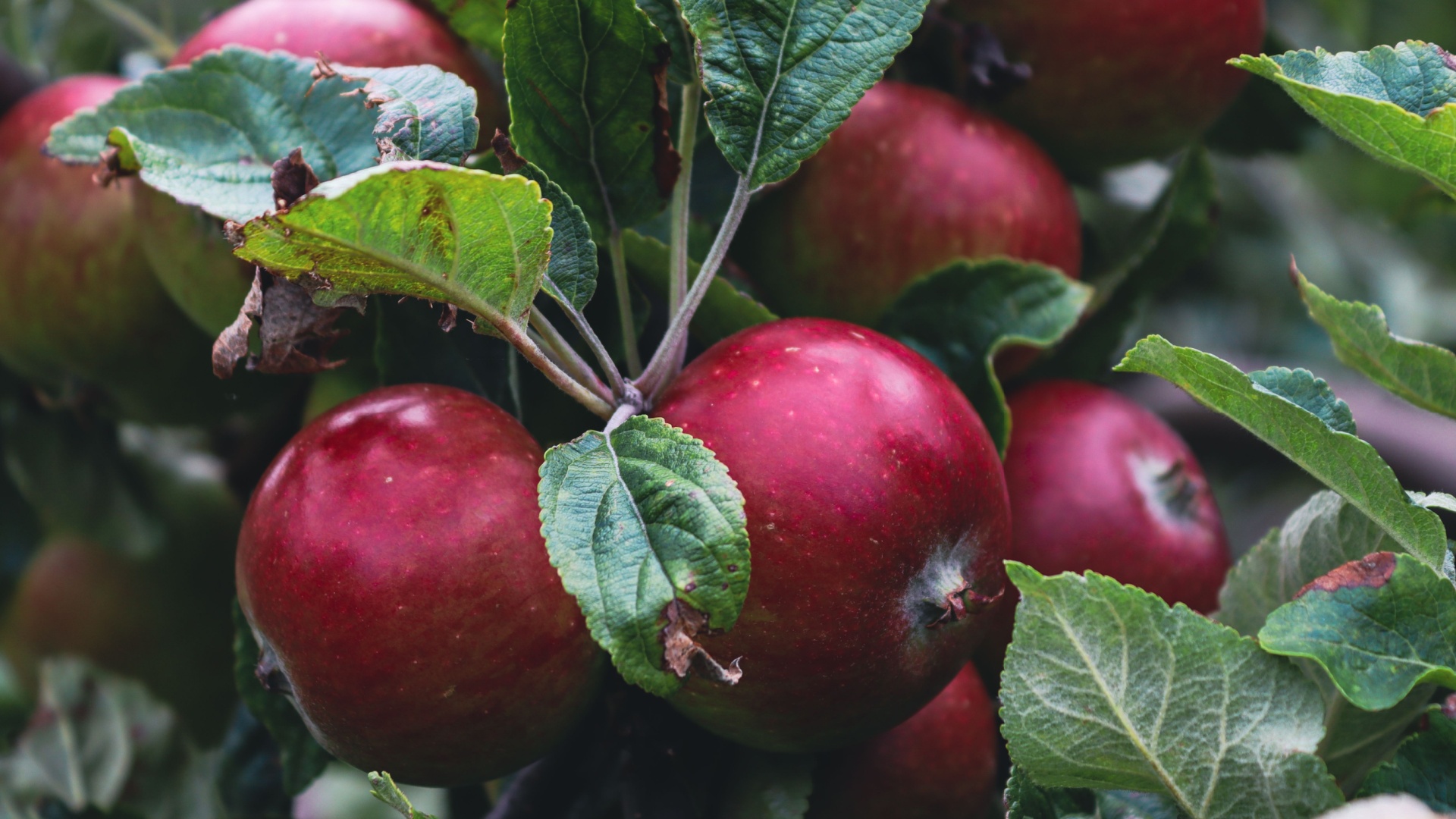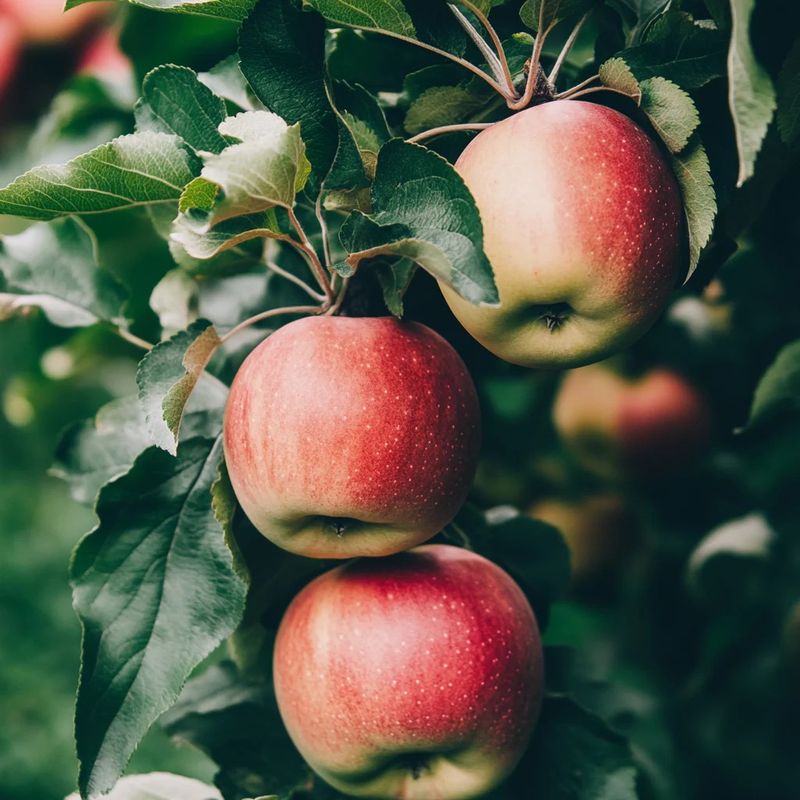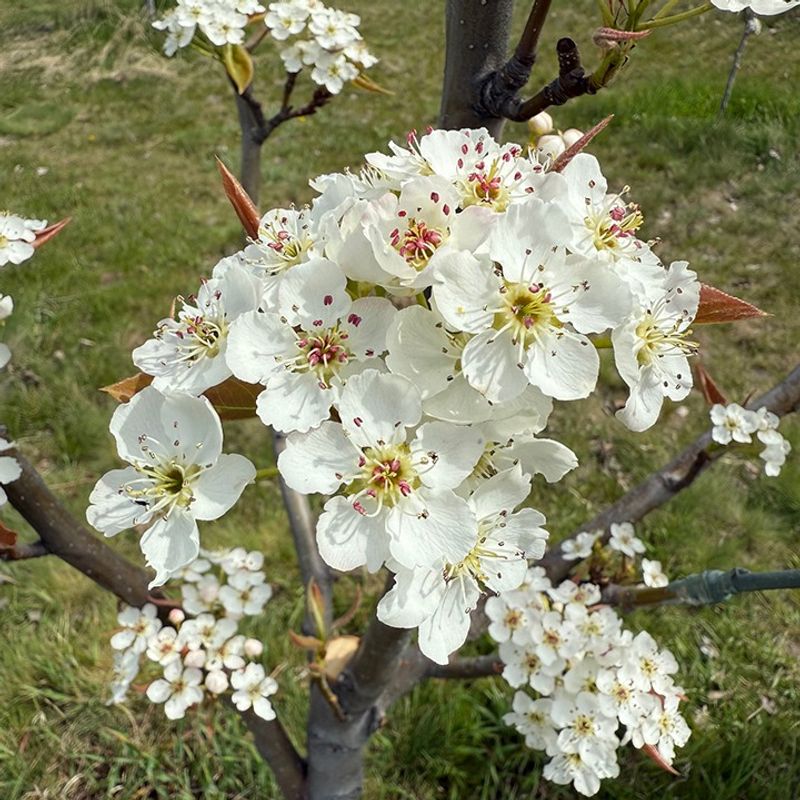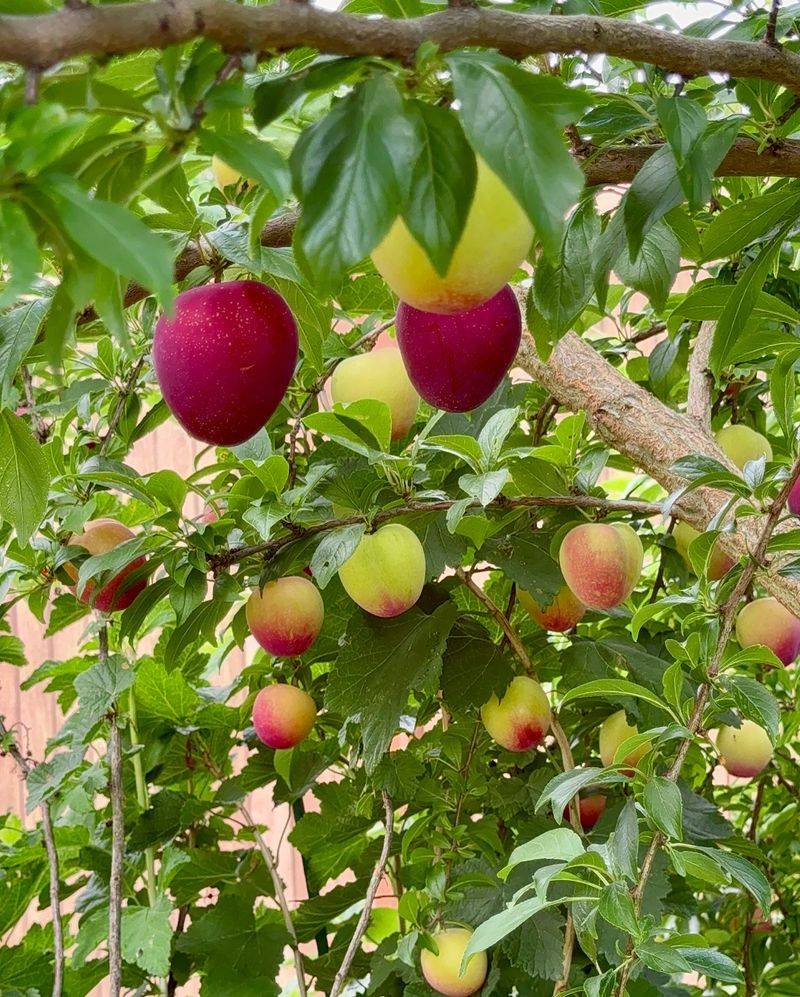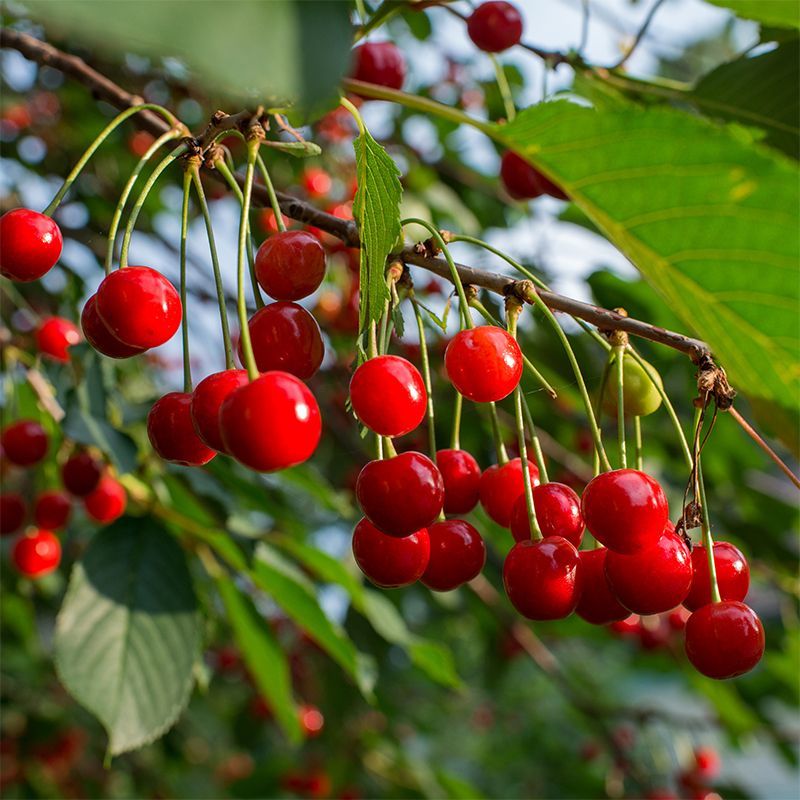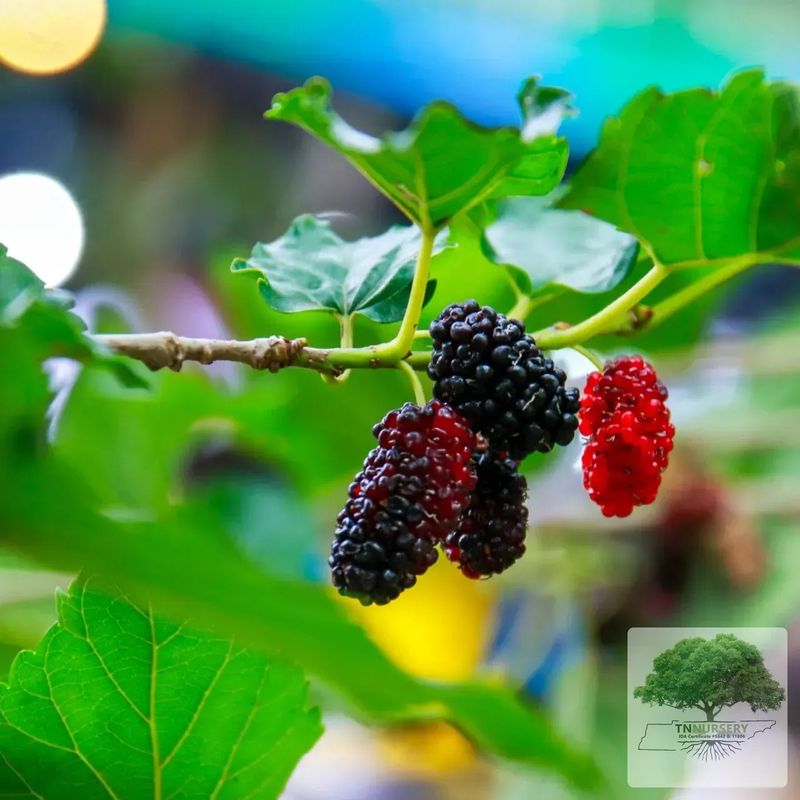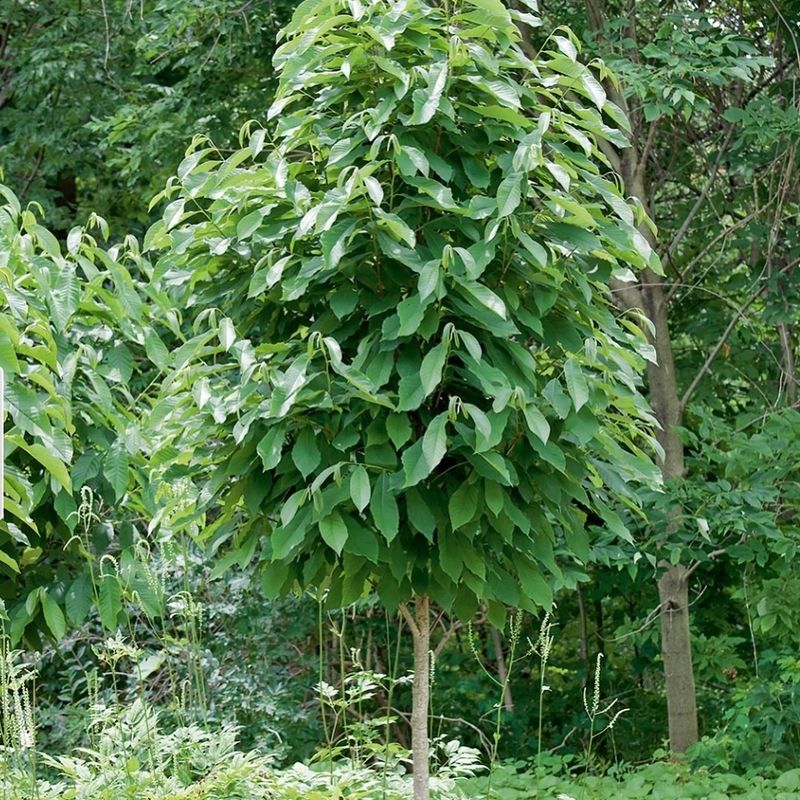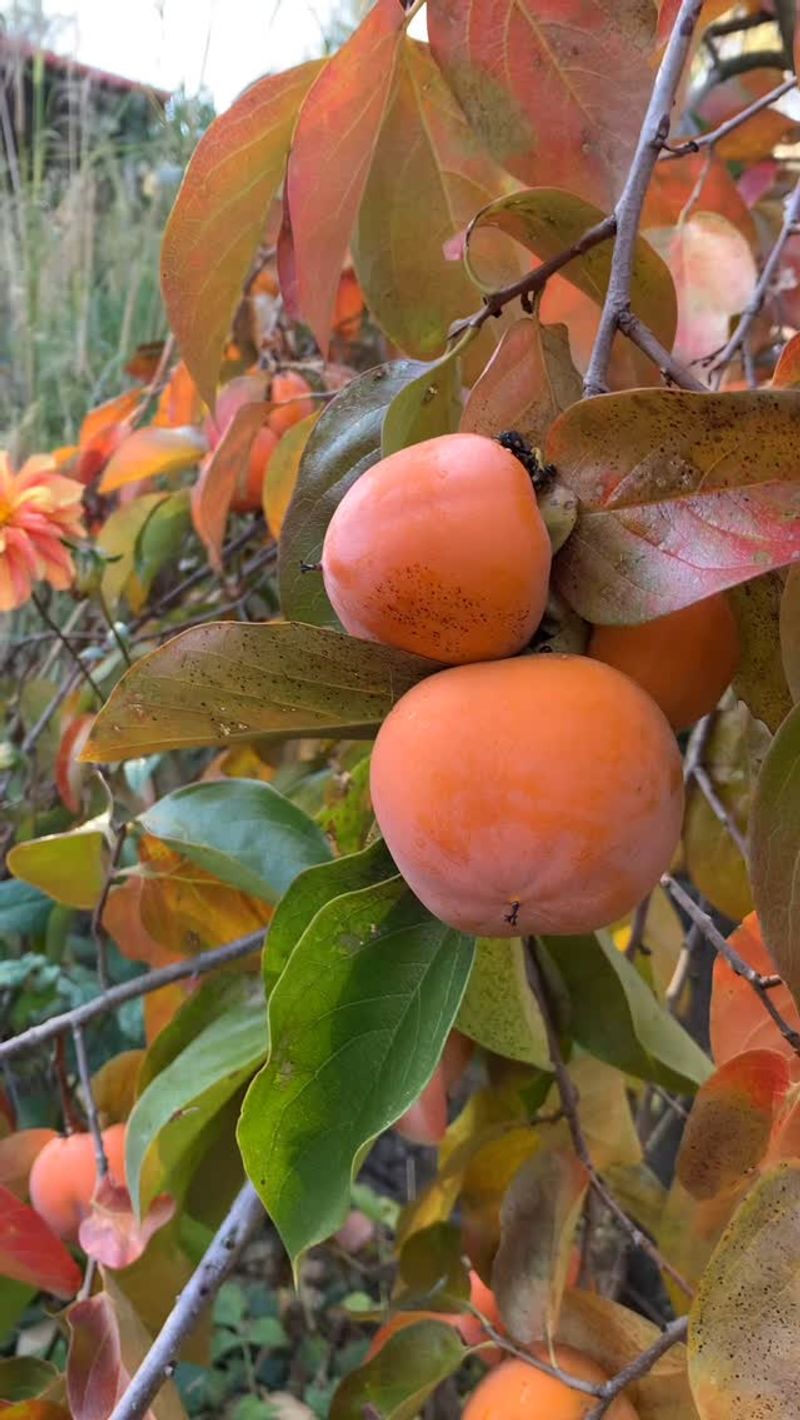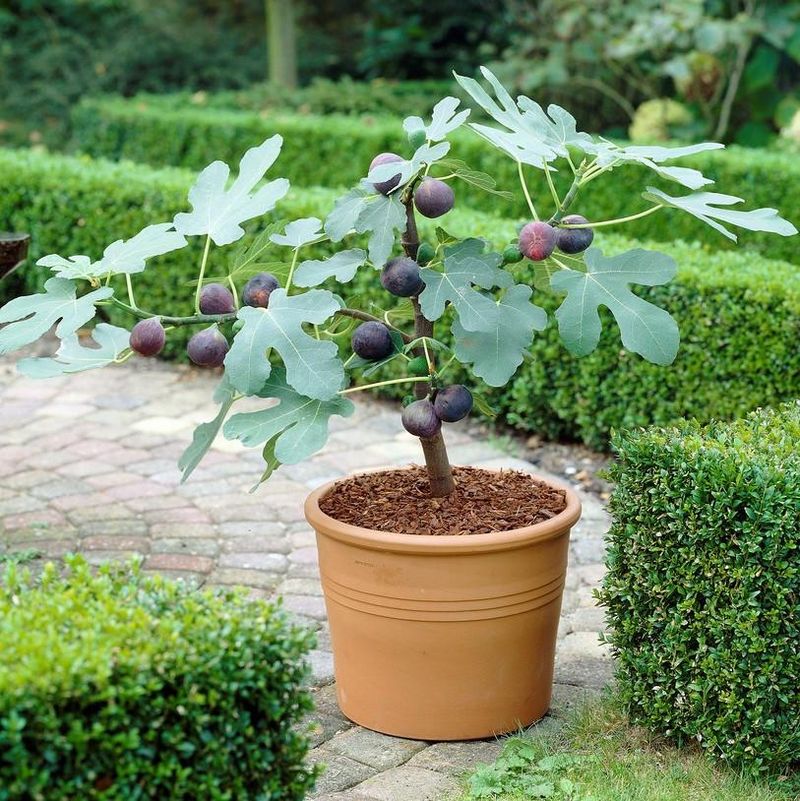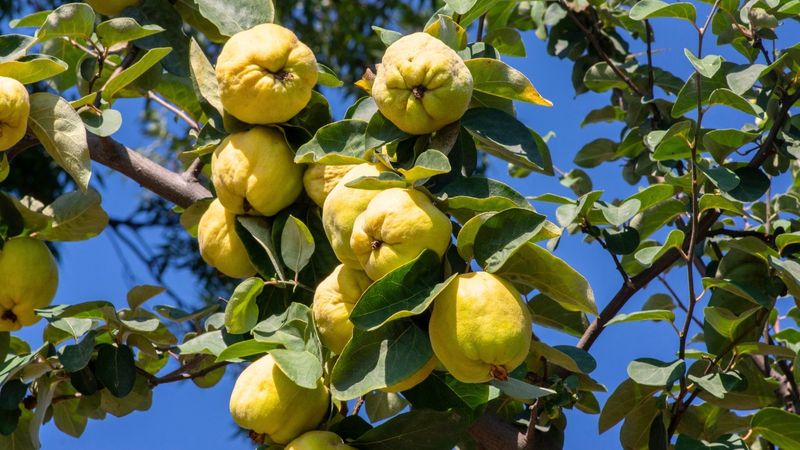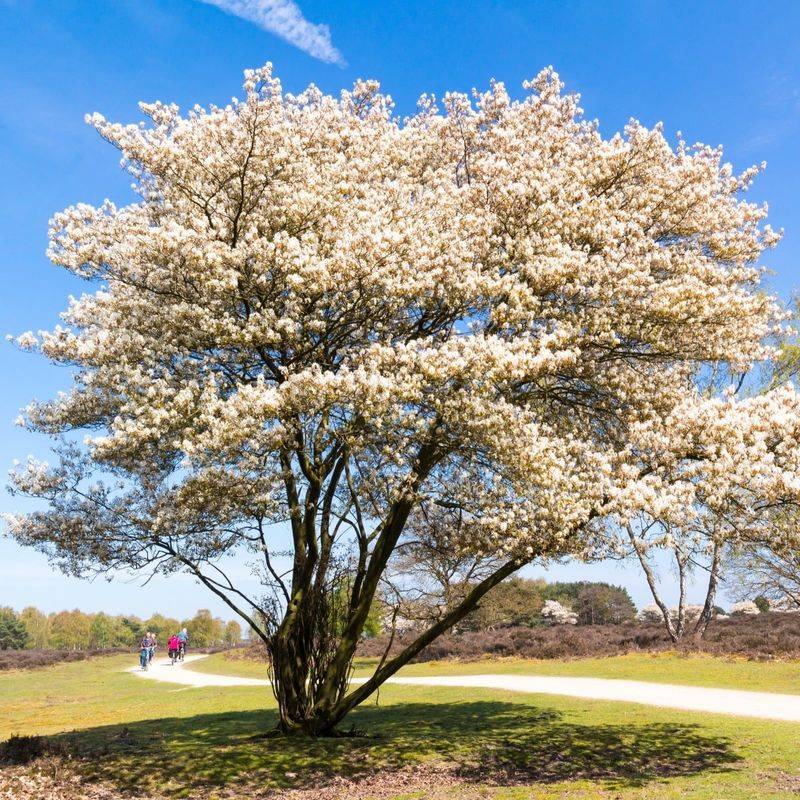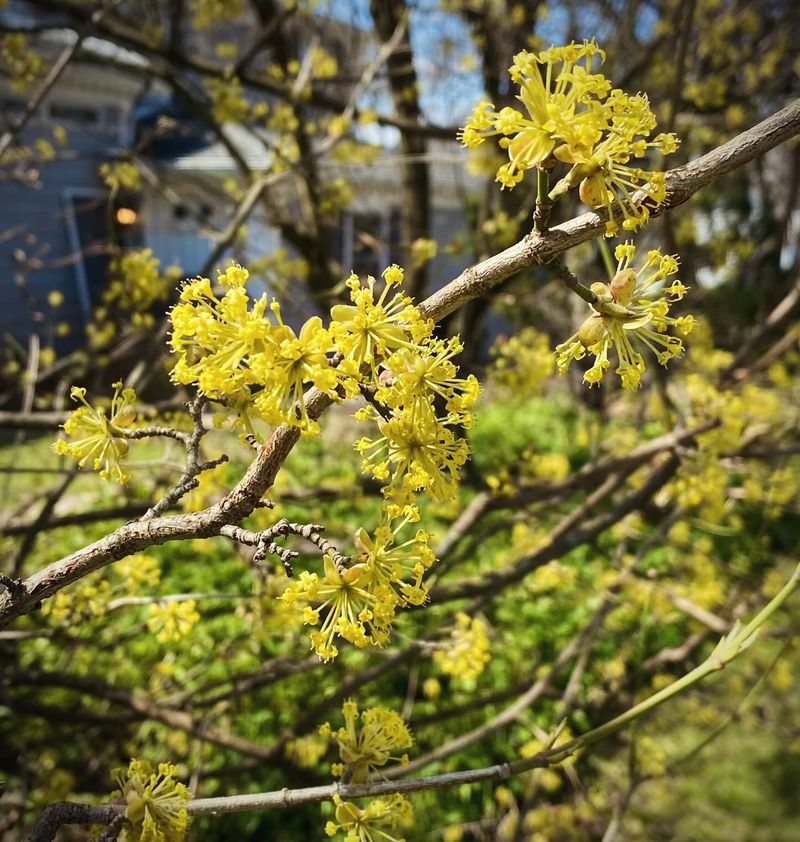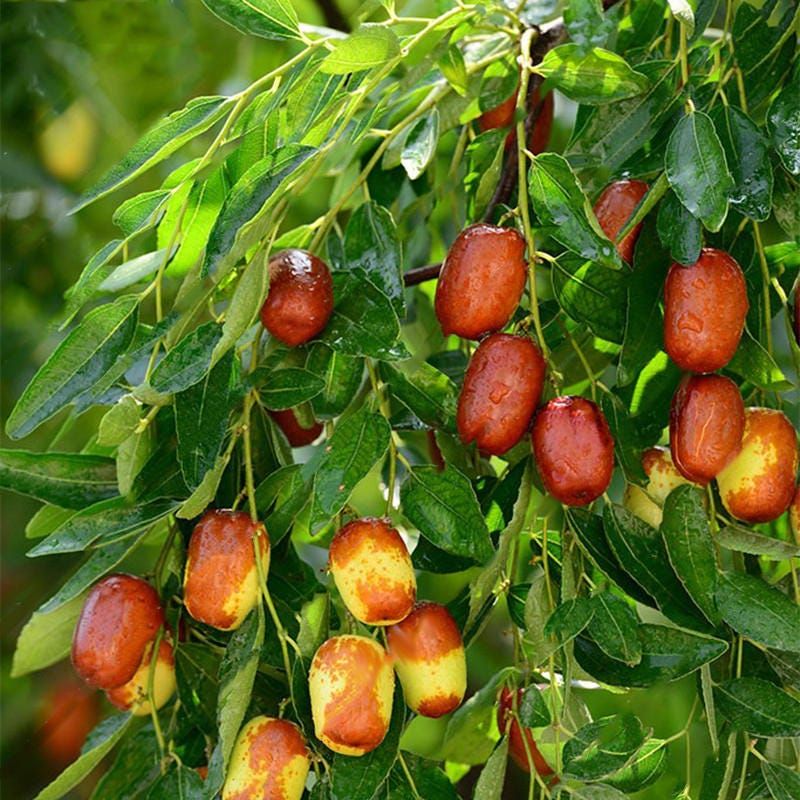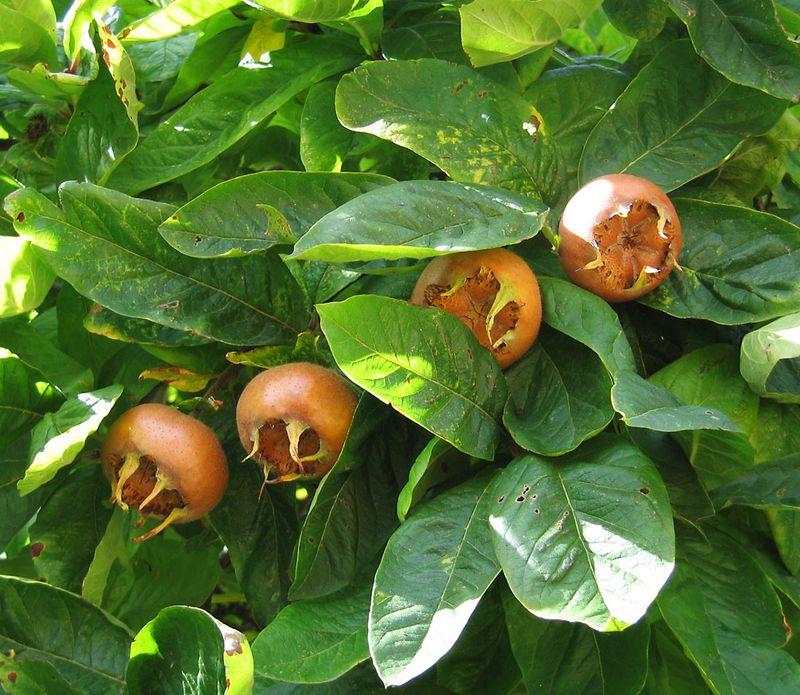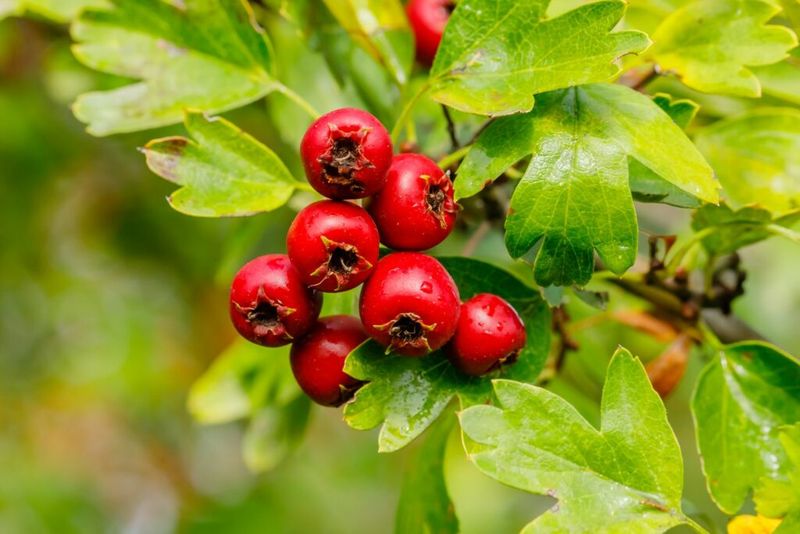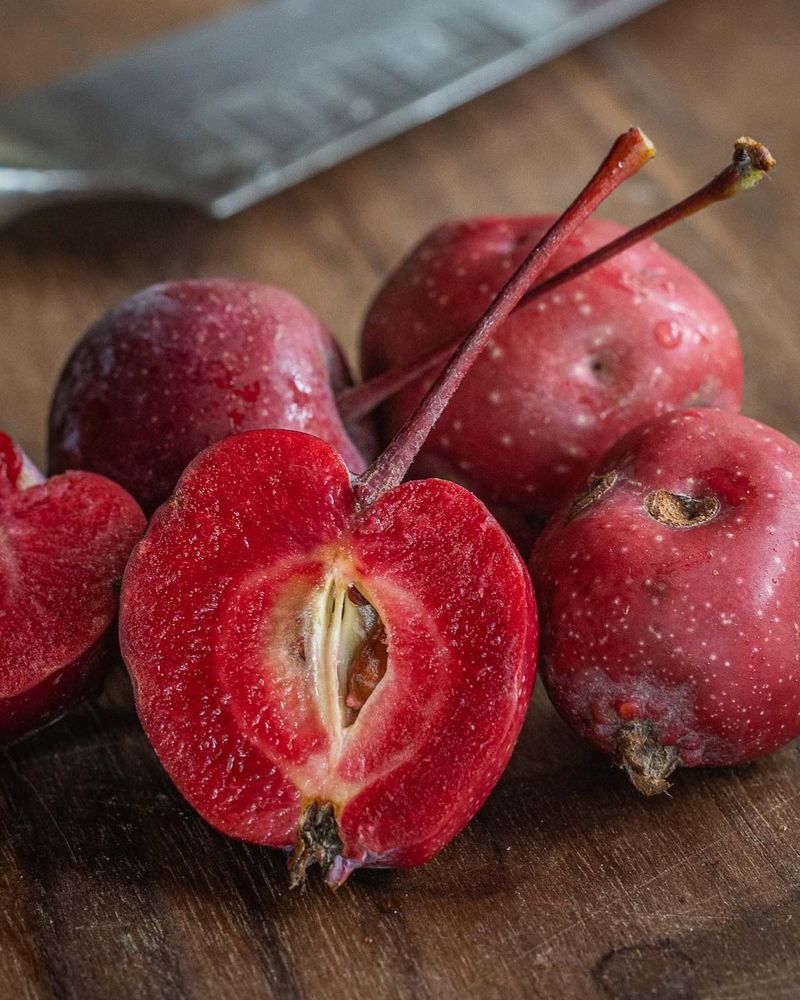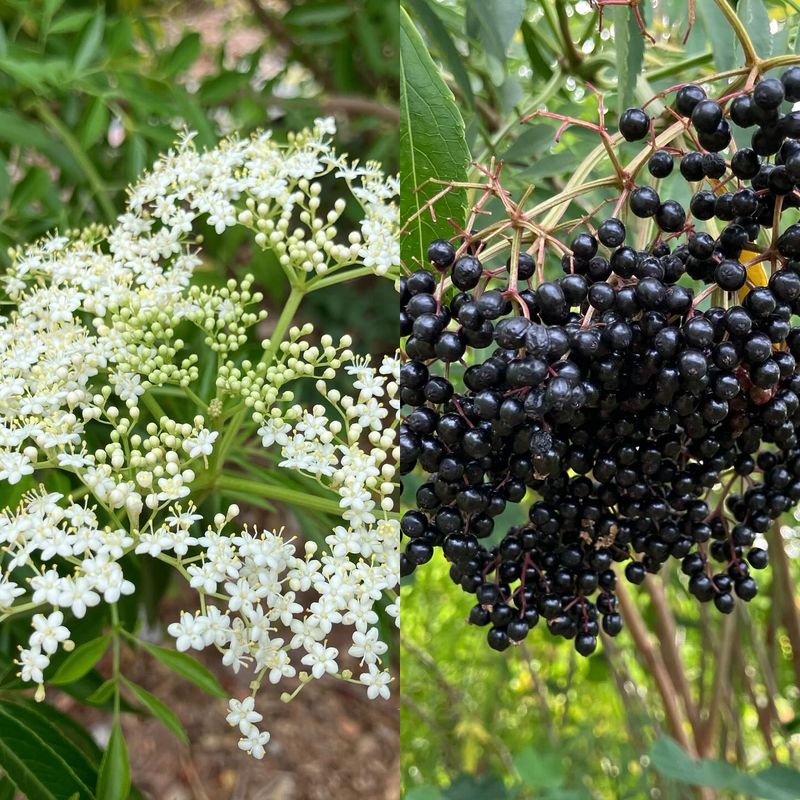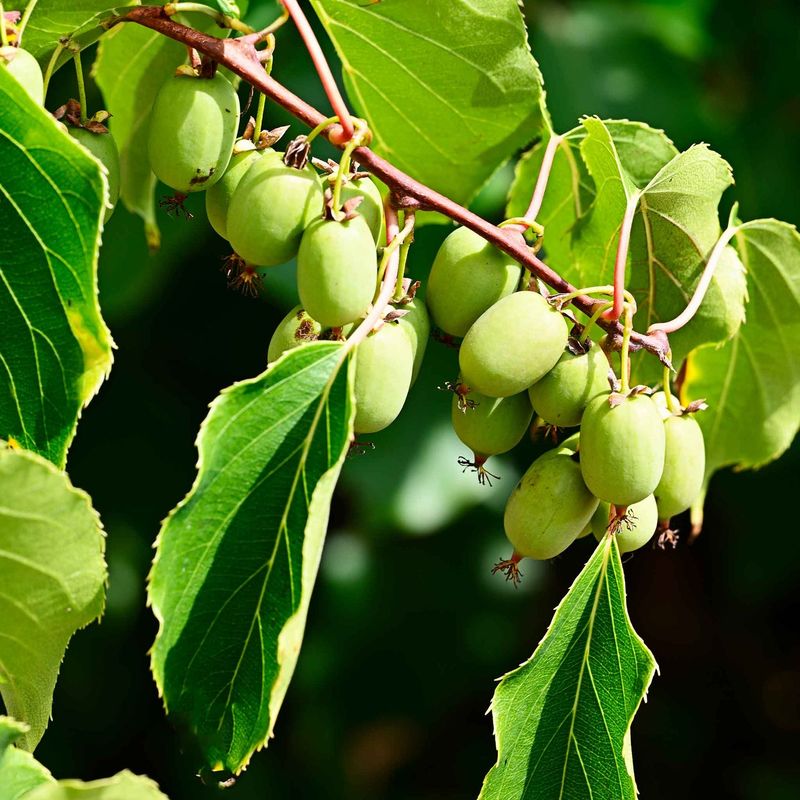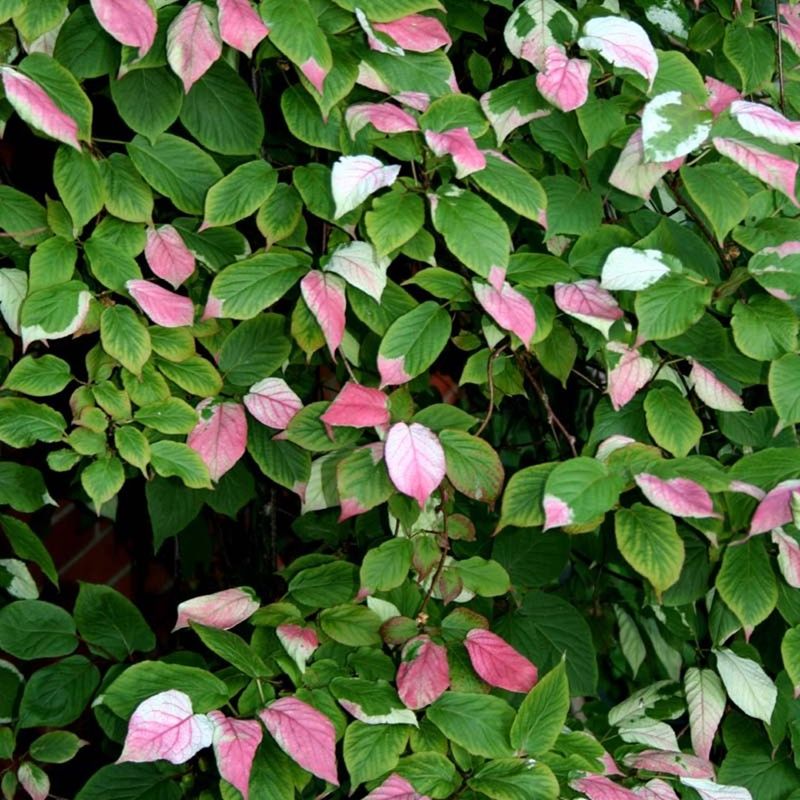You don’t need to live in a tropical paradise to enjoy homegrown fruit. While Florida and other warm regions get all the attention, plenty of fruit trees grow just as well in cooler or less predictable climates.
From apples and plums to hardy citrus and figs, these 18 trees can handle a wide range of growing zones—and still deliver sweet, delicious harvests. No palm trees or year-round heat required.
1. Apple Trees
Apple trees thrive in nearly every climate zone across America. Cold-hardy varieties like Honeycrisp and McIntosh actually need chilly winters to produce their best fruit, making them perfect for northern gardens.
Look for dwarf varieties if you have limited space. These compact trees still produce full-sized, delicious apples but take up much less room in your yard. Most apple trees need a pollination partner nearby, so consider planting two different varieties for a bountiful harvest.
2. Pear Trees
Hardy pear trees laugh in the face of cold weather! European varieties can handle temperatures down to -25°F, making them suitable for gardens in almost every state. Their beautiful white spring blossoms are an added bonus to the sweet fruits they produce.
Asian pears offer crisp, apple-like texture while European pears give that classic buttery experience. Most pear varieties are partially self-fertile but produce much better harvests when planted with a pollination partner. They’re also relatively pest-resistant compared to other fruit trees.
3. Plum Trees
Got tough winters? European plum varieties laugh at the cold while Japanese plums handle heat beautifully. This versatility makes plums one of the most adaptable fruit trees around.
Beyond weather tolerance, plums come in a rainbow of flesh colors – yellow, red, purple, and green. Some varieties are self-pollinating, perfect for small yards where you can only fit one tree. The fruits are versatile too – eat them fresh, dried as prunes, or transformed into jams and jellies.
4. Cherry Trees
Sweet cherries might be picky about climate, but sour cherry varieties like Montmorency and North Star can handle serious winter chill. These tough trees produce tart fruits perfect for pies, jams, and baking.
Many sour cherry varieties are self-pollinating, meaning you only need one tree to get fruit. They also tend to stay smaller than sweet cherry trees, typically reaching just 12-15 feet tall. For urban gardens or small spaces, look for dwarf varieties that can even grow in large containers.
5. Mulberry Trees
Mulberry trees are the champions of low-maintenance fruit growing. They adapt to almost any soil type and climate condition across America, from USDA zones 4-9. The berries resemble blackberries but grow directly on the tree branches.
These vigorous trees produce tons of berries with practically zero effort on your part. No spraying, minimal pruning, and they’re self-pollinating! Just be strategic about placement – the fruits can stain patios and driveways. White mulberry varieties offer less messy options while still providing sweet, abundant harvests.
6. Pawpaw Trees
America’s forgotten native fruit tree deserves a comeback! Pawpaws produce tropical-tasting fruits with flavors reminiscent of banana, mango, and vanilla custard, yet they’re native to the eastern United States and handle cold winters beautifully.
These understory trees naturally grow in partial shade, making them perfect for spots where other fruit trees struggle. The fruits are highly nutritious and have few natural pests. For successful pollination, you’ll need at least two different pawpaw varieties, as they’re not self-fertile.
7. Persimmon Trees
American persimmons are incredibly cold-hardy natives that can handle temperatures down to -25°F! Unlike their fussy Asian cousins, these trees thrive with minimal care once established and produce sweet fruits that taste like honey-apricot pudding after the first frost.
Most American persimmons need male and female trees for fruit production. The Asian varieties like Fuyu are often self-pollinating and produce non-astringent fruits you can eat while still firm. Both types are remarkably pest and disease resistant, making them excellent low-spray options for organic gardeners.
8. Fig Trees
Forget the notion that figs only grow in Mediterranean climates! Cold-hardy varieties like ‘Chicago Hardy’ and ‘Brown Turkey’ bounce back even if winter kills them to the ground. The roots survive and send up new growth that produces fruit that same year.
Container growing works brilliantly for figs in cold regions. Simply move your potted fig to a protected spot like a garage during winter months. Most fig varieties are self-pollinating, and many produce two crops yearly – an early crop on last year’s growth and a main crop on new growth.
9. Quince Trees
Quince trees offer old-world charm and incredible cold hardiness, surviving winters down to -25°F without complaint. Their spring blossoms rival ornamental flowering trees, while their aromatic yellow fruits perfume your entire home during harvest season.
Though too hard and tart to eat raw, quince transforms magically when cooked, developing a sweet flavor and gorgeous pink-red color. These trees are self-pollinating and relatively pest-resistant. Their compact size (10-15 feet tall) makes them suitable for smaller yards where space is limited.
10. Serviceberry Trees
Native serviceberries (also called juneberries or saskatoons) offer four-season beauty plus delicious berries. Their white spring flowers, summer fruits, brilliant fall colors, and attractive winter bark make them as ornamental as they are productive.
These adaptable North American natives handle temperatures from USDA zones 2-9, thriving where many fruit trees fail. The blueberry-like fruits make outstanding pies, jams, and fresh eating. Birds love them too, so consider netting your tree if you want to beat the feathered fruit thieves to the harvest.
11. Cornelian Cherry Trees
Cornelian cherries aren’t true cherries but dogwood relatives that produce tart, cherry-like fruits. These ultra-hardy trees bloom with yellow flowers in very early spring, often while snow still covers the ground in northern areas.
The glossy red fruits make exceptional preserves and syrups. Cornelian cherries thrive from USDA zones 4-8 and resist most common fruit tree diseases. Their multi-stemmed growth habit creates an attractive small tree or large shrub, perfect for property boundaries or as striking specimen plants.
12. Jujube Trees
Jujubes deliver sweet, apple-crisp fruits in climates that swing from freezing winters to blazing summers. These adaptable trees handle temperatures from USDA zones 5-9 and actually prefer hot, dry summer conditions that would stress other fruit trees.
Often called Chinese dates, jujube fruits can be eaten fresh when light green to brown (crisp like apples) or allowed to dry on the tree (date-like). These trees have few pest problems and require minimal spraying. Their naturally small size (15-25 feet) and drought tolerance make them perfect for water-conscious landscapes.
13. Medlar Trees
Medieval gardeners prized medlars for their unique fruits that become edible after the first frost. These cold-hardy relatives of apples and pears grow well in USDA zones 4-9, handling both cold winters and warm summers with ease.
Medlar fruits have a fascinating ripening process called ‘bletting’ – they’re harvested hard after frost, then allowed to soften until the flesh becomes a cinnamon-applesauce consistency. The small trees feature beautiful white spring blossoms and attractive twisted branches that add winter interest to your landscape.
14. Hawthorn Trees
Hawthorn trees offer edible fruits along with spectacular ornamental value. These super-hardy natives handle climates from USDA zones 3-8, thriving in conditions too harsh for many other fruit trees.
The bright red berries make excellent jellies and syrups rich in antioxidants. Beyond their culinary uses, hawthorns provide crucial wildlife habitat. Their dense, thorny branches offer safe nesting sites for birds, while the fruits feed wildlife through winter. The spectacular spring flower display rivals cherry blossoms for beauty.
15. Crabapple Trees
Ornamental crabapples aren’t just for show – many varieties produce fruits perfect for making jellies, cider, and preserves. These exceptionally cold-hardy trees thrive from USDA zones 3-8, with some varieties handling temperatures down to -40°F!
The spring blossom display rivals any flowering tree for beauty, while fall brings colorful fruits that persist into winter. Modern disease-resistant varieties need minimal care once established. For edible landscaping, look for varieties with larger fruits (1-2 inches) and less astringency, like ‘Centennial’ or ‘Dolgo’.
16. Elderberry Shrubs
While technically large shrubs rather than trees, elderberries deserve a spot in any edible landscape. These native plants thrive across USDA zones 3-9 and produce clusters of berries perfect for jams, syrups, and immune-boosting remedies.
The umbrella-like clusters of creamy white flowers in spring are followed by purple-black berries in late summer. American elderberries (Sambucus canadensis) are the best choice for edible landscaping. Remember that the berries must be cooked before eating, as raw elderberries can cause stomach upset.
17. Hardy Kiwi Vines
Not a tree but a vigorous vine, hardy kiwi produces smooth-skinned, grape-sized fruits you can pop in your mouth whole – no peeling required! Unlike tropical kiwis, these varieties handle temperatures down to -25°F across USDA zones 4-8.
The sweet fruits taste like regular kiwis but with hints of strawberry and pineapple. Most varieties need male and female plants for fruit production. Their rapid growth makes them perfect for covering arbors, fences, or pergolas. The vines need strong support systems to bear the weight of both vines and fruit.
18. Arctic Kiwi
Arctic kiwi takes cold hardiness to the extreme, surviving temperatures down to -40°F! This super-tough relative of hardy kiwi grows in places where most fruit crops would instantly freeze, making it perfect for northern gardens in USDA zones 3-7.
The marble-sized fruits have a sweet-tart tropical flavor that’s surprisingly intense for such a cold-hardy plant. Like other kiwis, you’ll need male and female plants for fruit production. The vines feature attractive pink and white variegated leaves, adding ornamental value even before fruits appear.

